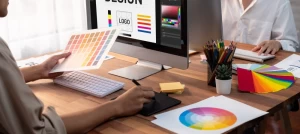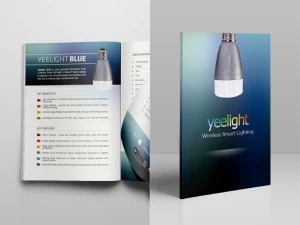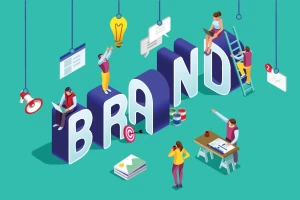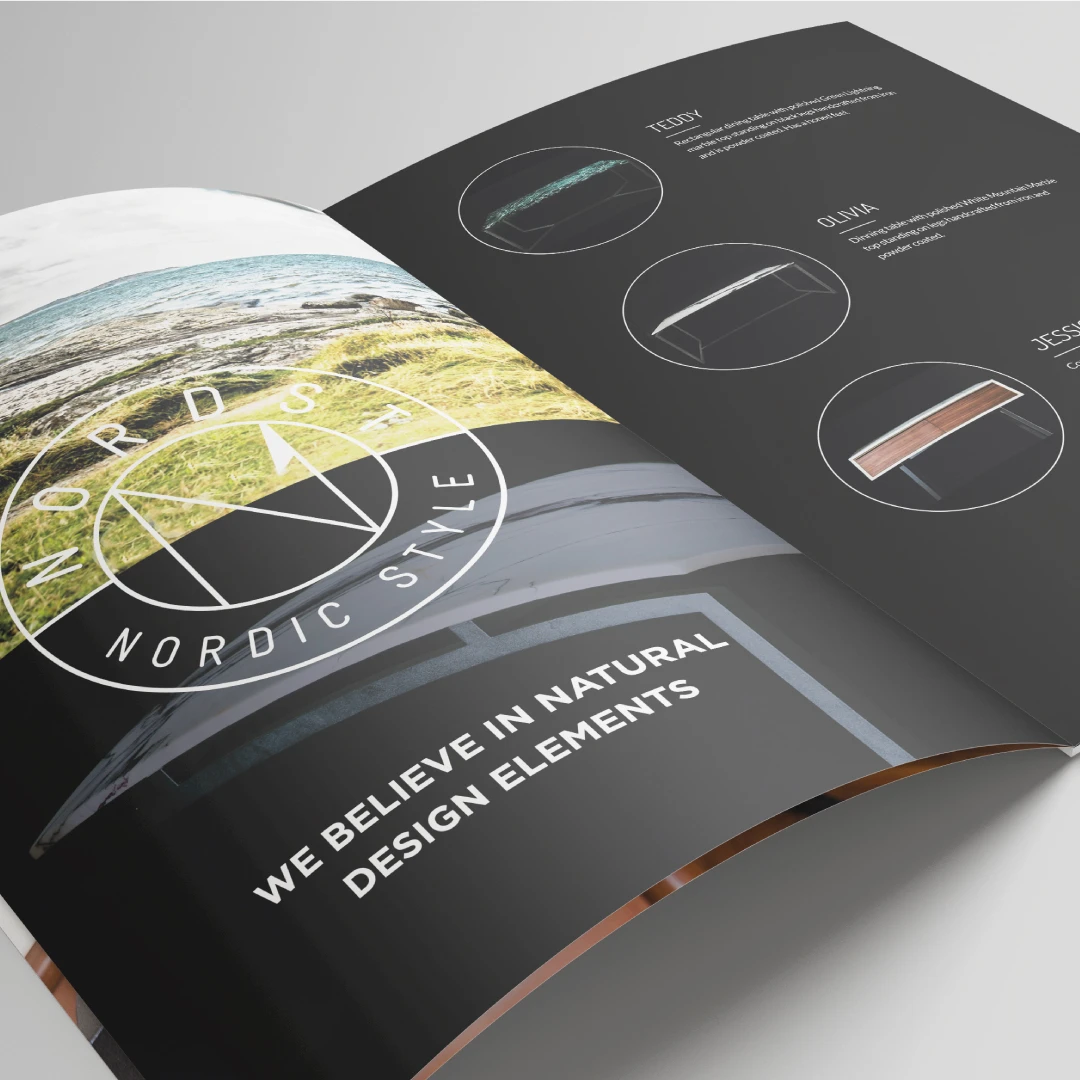Print Design vs Digital Design
In today’s world, we’re surrounded by design in both print and digital forms. Print design and digital design share some things in common, but they’re also quite different.
What exactly is print design? What makes it different from digital design? Let’s explore.
What is Print Design?
Print design refers to any design intended for printing on a physical surface like paper, plastic, fabric, or metal. Common examples include business cards, brochures, flyers, posters, books, magazines, product packaging, billboards, and more.
A print design company specializes in creating these types of designs. The best print design companies have experienced graphic designers skilled at many things. For example, layout, typography, color theory, image editing, and preparing print-ready files.
Print designers have to think carefully about many aspects besides the design. For example, dimensions, bleed areas, resolution, color modes, and other technical aspects for quality printing. Their designs need to look perfect when printed on the intended material and sizing.
Some Common Print Design Projects:
- Postcard design
- Bifold or trifold brochure design
- Flyer design online or in-person distribution
- Business card, letterhead, and stationery design
- Book, magazine, or catalog layout and design
Print design includes any design meant for physical products or marketing materials.
How Does Digital Design Differ?
Digital design, on the other hand, refers to any design displayed on digital screens and devices. This includes websites, mobile apps, email graphics, social media graphics, digital ads, ebooks, video/animations, and more.

While print designers focus on printed output, digital designers put more emphasis on factors like responsive layouts, user experience, accessibility, interactivity and animation.
With digital design, colors, fonts and imagery appear differently across various screen types, resolutions, and web browsers. This creates some unique challenges compared to print.
Digital designers utilize tools to create animated graphics, video effects, and layouts that adapt seamlessly from small mobile screens to large desktop displays.
Of course, both print and digital design draw upon the same fundamental design principles and graphic design skills. But each has its own specialities, tools, and technical considerations.
Print Design Services & Benefits
Even in our digital age, there remains strong demand for high-quality print design services. Professionally designed print materials help businesses:
- Enhance their branding and marketing
- Increase visibility and promote their products/services
- Communicate clearly and effectively with customers
- Project an image of professionalism and credibility
Many businesses hire print design companies to create a unified look across all their branding materials like business cards, letterheads, bifold brochures, packaging, and more.
Print pieces offer some advantages over digital media that keep demand high:
- Tangibility – Printed items have a satisfying physical presence that digital can’t match.
- Longevity – A printed brochure tends to stay around longer than a website visit.
- No Internet Required – Customers can reference the print piece any time without wifi.
With print, you avoid getting lost in the online noise and clutter. Your message makes a direct physical impression.

That said, digital channels are also vital for business today. For maximum impact, smart businesses take an integrated approach utilizing both print design and digital design tactics.
The key is developing a cohesive brand identity carried through every customer touchpoint. That includes websites, social media, email, and printed sales/marketing materials.
Quality print design services are still a great option for companies, even with the internet. These services help create professionally designed branded materials that make a strong impact.
The Evolving Print/Digital Landscape
While print design remains highly relevant, digital design has rapidly grown in importance over the past couple decades. Businesses need a strong online presence on websites, apps, email, and social media to connect with modern customers.
As technology continues advancing, we’ll likely see print design and digital design becoming even more intertwined and complementary. For example:
Print + Digital Integration Print pieces can now incorporate QR codes, augmented reality (AR), and near-field communication (NFC) to connect the physical item to digital content and experiences. This “Pring” approach blends the two mediums in innovative ways.
New Print Technologies Advances in printing techniques open up fresh creative possibilities that reimagine what’s possible with print design. Think textured printing, lenticular effects, video in print, and other cutting-edge applications.

On-Demand & Personalization Data-driven variable printing allows print designers to create personalized, targeted print pieces efficiently. And web-to-print technologies make it easier to order affordable short print runs.
Online Design Collaboration Cloud-based design tools facilitate easier online collaboration between designers, print vendors, and clients through shared libraries, annotations, and approval workflows.
As these trends take hold, the lines between print and digital design continue blurring. Designers will likely require skills across both print and digital disciplines to meet evolving needs.
Choosing the Right Design Partners
Whether hiring a dedicated print design company or taking an integrated print/digital approach, it’s wise to partner with design professionals who truly understand:
Brand Strategy – Skilled at translating your brand positioning into a cohesive, meaningful brand identity across print and digital.
Design Best Practices – Experienced in design principles as well as the technical specifications for quality print and digital output.
Your Company/Industry – Knowledgeable about your business landscape to create tailored solutions that best serve your unique needs.
Technology Integration – Able to leverage current technologies to unify your print/digital efforts and drive engagement.
End-to-End Solution – Can handle all facets from creative design through prepress, print production, distribution, digital deployment, etc.
With the right professional design partners in place, you can ensure brand consistency and quality craftsmanship in everything you produce — both in print and pixel form. This integration maximizes impact at every touchpoint throughout the customer journey.
The NetMen Corp is a graphic design company in Miami with more than 20 years of experience in graphic and web design. If you are looking for any type of print design services, contact us today to start your project.



